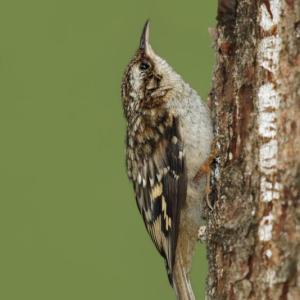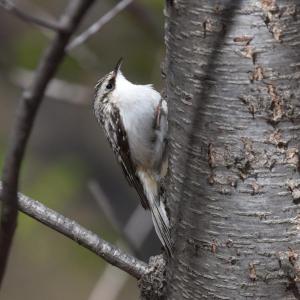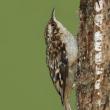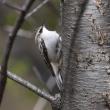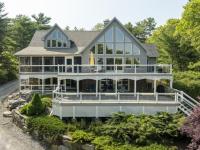The Inconspicuous Brown Creeper
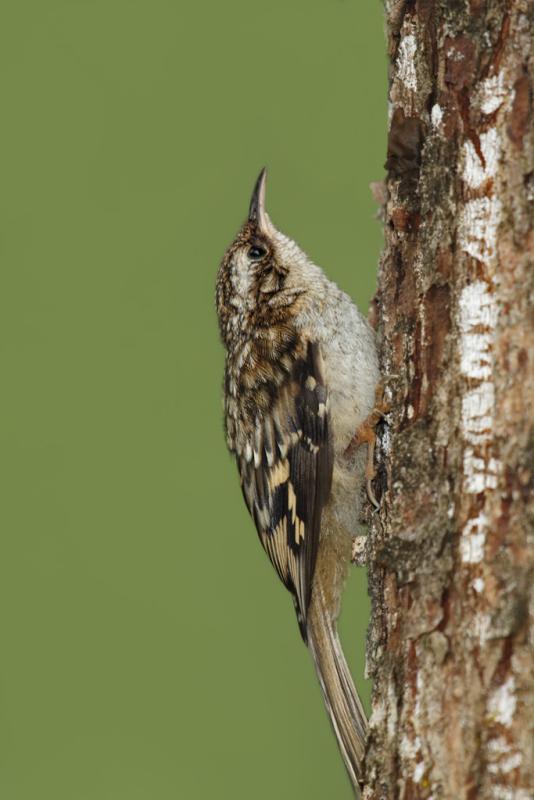 Brown creepers spend their lives hitching up (never down) the trunks of trees. Photo by Alan Vernon, CC BY 2.0 <https://creativecommons.org/licenses/by/2.0>, via Wikimedia Commons
Brown creepers spend their lives hitching up (never down) the trunks of trees. Photo by Alan Vernon, CC BY 2.0 <https://creativecommons.org/licenses/by/2.0>, via Wikimedia Commons
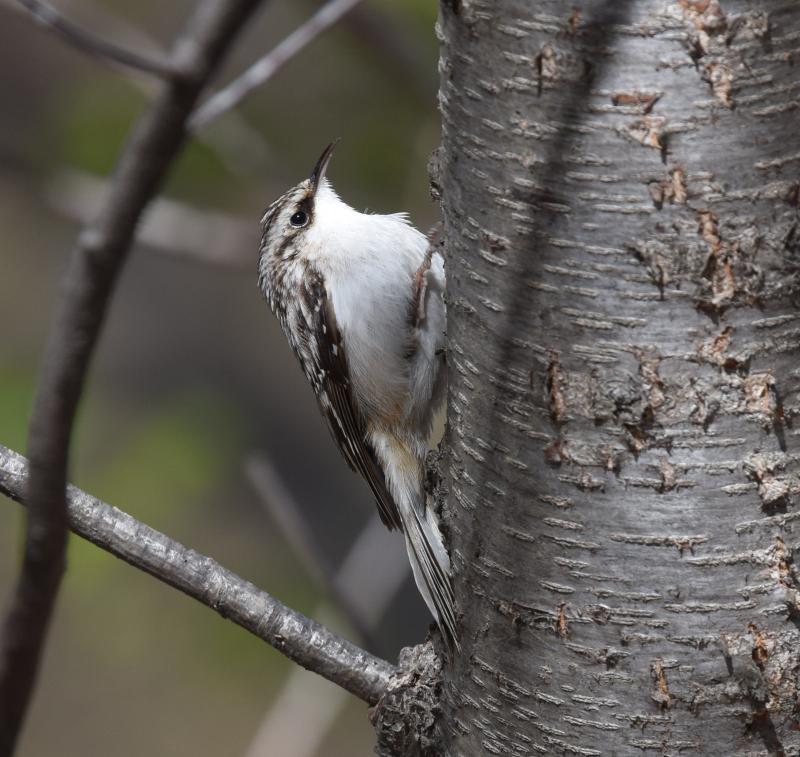 Brown creepers are fascinating but inconspicuous birds. Finding them may require paying a little extra attention. Photo by Andy Reago & Chrissy McClarren, CC BY 2.0 <https://creativecommons.org/licenses/by/2.0>, via Wikimedia Commons
Brown creepers are fascinating but inconspicuous birds. Finding them may require paying a little extra attention. Photo by Andy Reago & Chrissy McClarren, CC BY 2.0 <https://creativecommons.org/licenses/by/2.0>, via Wikimedia Commons
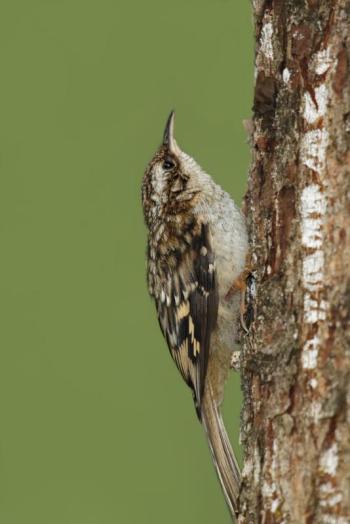 Brown creepers spend their lives hitching up (never down) the trunks of trees. Photo by Alan Vernon, CC BY 2.0 <https://creativecommons.org/licenses/by/2.0>, via Wikimedia Commons
Brown creepers spend their lives hitching up (never down) the trunks of trees. Photo by Alan Vernon, CC BY 2.0 <https://creativecommons.org/licenses/by/2.0>, via Wikimedia Commons
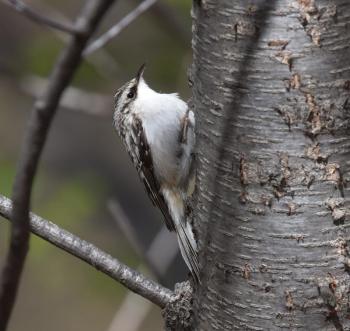 Brown creepers are fascinating but inconspicuous birds. Finding them may require paying a little extra attention. Photo by Andy Reago & Chrissy McClarren, CC BY 2.0 <https://creativecommons.org/licenses/by/2.0>, via Wikimedia Commons
Brown creepers are fascinating but inconspicuous birds. Finding them may require paying a little extra attention. Photo by Andy Reago & Chrissy McClarren, CC BY 2.0 <https://creativecommons.org/licenses/by/2.0>, via Wikimedia Commons
Regular readers may know that we have had a longtime fascination with brown creepers. There is just something appealing about these little brown and white birds that quietly go about their lives, unnoticed by most of humanity. Their calls are so high-pitched and simple that even many birders don’t know notice them.
This winter, on our several-times-a-day walks around the neighborhood with our dog, Lokie, we have repeatedly found a brown creeper. More often than not, it’s the rough, high-pitched “sree” call that has announced its presence.
The bird seems to stay in a remarkably small area comprising the yards of about five or six houses along a stretch of 200 yards of roadway. This is particularly interesting because creepers are birds that are more typically found in forests. Some do come to feeders, especially for suet, but usually to feeding stations that are close to a forested area. The area where we are seeing and hearing “our” brown creeper has nothing resembling what could be called a forest within a mile or greater distance.
Creepers have bodies designed efficiently for a particular lifestyle: hitching up trees. They have long, stiff tails, like woodpeckers, with short legs and long toes. Unlike woodpeckers, creepers do not pound holes into trees but instead use their slender, curved bill to delicately pick and probe in the recesses of the bark for insects, spiders, and their eggs. They do this as they hop up the main trunk of the tree, pressing their tail against the surface to stabilize them. Thus a brown creeper’s day is typically a series of trips that each start at the bottom of a tree trunk and end at the top. When it reaches the top of the tree, it plunges down to the base of another tree nearby and starts hitching up the next trunk.
Old trees with lots of nooks and crannies in the bark tend to host more insects and spiders, which is why creepers are most likely to be found in forests with lots of big, mature trees.
The little section of neighborhood where our brown creeper is hanging out happens to have a good number of large, old spruce trees and a many active bird feeding stations that include suet. So while there is no forest nearby, this particular creeper seems to be finding enough natural food between the old trees and the suet feeders.
Brown creepers occur from Canada south into the Central America highlands to Nicaragua. Although brown creeper is the only species of creeper found in the Americas, there are ten other creeper species currently recognized around the world (eight in the most closely related treecreeper genus). Most are found in Asia and Europe. The creepers are thought to be most closely related to nuthatches, wrens, and gnatcatchers.
Population trends for brown creepers in most of the U.S. and Canada appear positive, but the species is difficult to monitor because it occurs in low densities and can be hard to detect. Therefore there’s some concern that trend estimates may not be entirely reliable.
Brown creepers have been documented throughout the forests of the Boothbay Peninsula and Wiscasset area including even in the last few weeks. As noted here, finding them may require paying a little extra attention. We hope you’ll tune in to them!
Jeffrey V. Wells, Ph.D., is a Fellow of the Cornell Lab of Ornithology and Vice President of Boreal Conservation for National Audubon. Dr. Wells is one of the nation's leading bird experts and conservation biologists and author of the “Birder’s Conservation Handbook.” His grandfather, the late John Chase, was a columnist for the Boothbay Register for many years. Allison Childs Wells, formerly of the Cornell Lab of Ornithology, is a senior director at the Natural Resources Council of Maine, a nonprofit membership organization working statewide to protect the nature of Maine. Both are widely published natural history writers and are the authors of the popular books, “Maine’s Favorite Birds” (Tilbury House) and “Birds of Aruba, Bonaire, and Curaçao: A Site and Field Guide,” (Cornell University Press).

